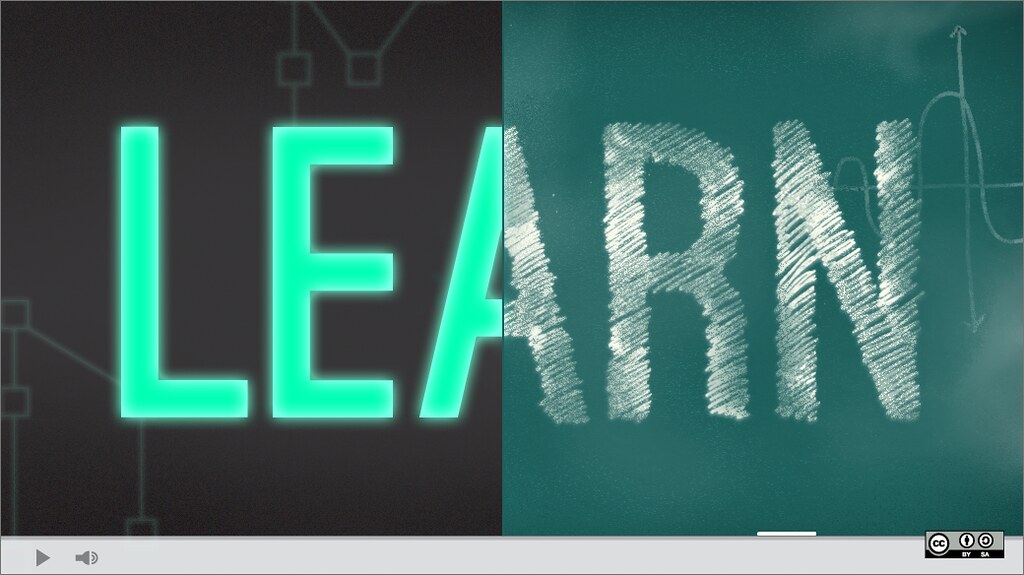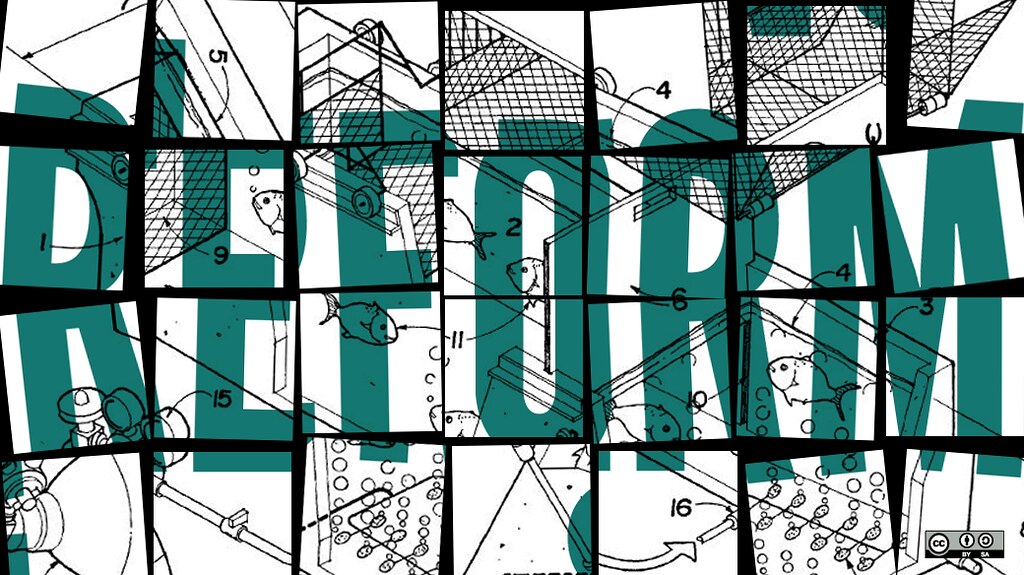Twitter for Teachers: Pros and Cons
Approximately one year ago I deleted my personal Twitter account because I found that the website was filled with stubborn users who wanted to debate issues with no intention of compromising. Along with this, the users that I “followed,” often used disturbing language and insults to prove their points. The website had brought so much negativity into my world that I decided I should abandon it. However, I was brought back into the world of Twitter this current semester in college when one of my professors suggested that we use the website to build a PLN (Personal Learning Network) that included us with other teachers around the world. Here is a youtube video on how a “PLN,” works. After a few weeks of using Twitter for this purpose, I have come up with several conclusions on how I feel about the website from this new perspective.

Initially, my thoughts about downloading Twitter again were negative. I knew that I would have to see arguing and terrible News that I tried escaping from a year ago. However, I found that this specific community of educators was more supportive of each other than anything – this is my first pro.
- Pro #1 – You are surrounded by a community of teachers who understand and live through similar experiences as you. They are a great form of support and a good source if you need tips on any issue in specific.
Additionally, I found that within this community, members LOVE to share ideas. I often see teachers tweeting links to fun activities in the classrooms and tweeting pictures of projects that their students completed in school. This is another great pro of the educational twitter community.
- Pro #2 – Twitter is a great source for new ideas and lesson plans!
Every day that I log onto twitter, I gain new ideas from other teachers. This is the true meaning of global connected learning. I am learning from them and they are learning from me. In return, our students will gain even more knowledge and ways of thinking through our use of global learning. Originally, I believed that teachers using social media like Twitter was unprofessional but now I see that this is the best way to learn. The more I converse with teachers from all over the world, the more I see the importance of technology in education. This has 100% altered the way I think about learning.

The major thing that I have learned throughout this experience has been the work that teachers put in, both inside and outside of their classrooms. Teaching is not your typical 9-5 office job. The day begins with you showing your students that you care about them and ends with you making sure they are learning both intellectually and about life. Some teachers use their own money to buy supplies for their classes. These teachers that I see online think about their students often, both inside and outside of the classroom. This leads me to another pro.
- Pro #3 – You are surrounded by people who genuinely care, and this is heart warming.
In a Twitter chat I participated recently, we discussed “self-care” of teachers. Many of the teachers talked about how they often value their students over their own self health. Although, this is commendable, it is scary! I believe that this could be one con to an education based community on Twitter — obsession. An example of this twitter chat can be found here where one teacher talks about what it is like to finally have relaxation time but then get called in to substitute. It is hard to say no as a teacher, you feel you owe your time to the students.
- Con #1 – Using too much time on Twitter ; trying to better yourself for your students and not having enough time for yourself.
Overall, the pros outweigh the con(s) when it comes to the PLN that Twitter provides. I have developed a very positive outlook my first few weeks back on twitter. I believe Twitter is a great tool for teachers to use and is an essential part of becoming a global educator.
Making A Change
As a future educator, my one goal is to make change. Whether this change is on a small scale and focuses on individual students or it is on a large scale and works on education reform, I just want to have an impact. I feel that most new teachers go into their job with this mindset as well but it end up losing their drive. I plan on ensuring I keep this goal through persistence and dedication. An example of a teacher with this mindset was spelled out in The Global Educator by Julie Lindsey where a teacher named Sonya explains how she plans to make a difference in the current generation of children. This way, she can stride to work with this new generation to change the policies and laws that effect our daily lives. An example of this happening currently is a walk-out that is being planned by organizers to protest the current gun-control laws. After the various mass shootings that have taken place in schools over the past year, this protest is being designed to get law makers attention. The protest is encouraging teachers, students and parents to walk out of school for 17 minutes to honor the 17 victims of the most recent school shooting. This is being called the National School Walkout and is going to take place on March 14th, 2018. More can be read about the event here.

Another teacher mentioned in the book who wants to make a difference and effect change is Kate of the United States. She wants to focus on making education more inclusive and equitable. She wants to focus on how the current system is unfair to those who live in poverty. If you are interested in this topic a great article to read can be found here. This article was shared by a classmate of mine on Twitter. The article discusses closing the achievement gap in schools. My favorite part about this article was hearing about the difference of the people who analyze this gap versus those who experience it. It is hard to understand every situation unless you experience yourself. This is why the power of listening to other peoples opinions is extremely important because we all have different backgrounds and different knowledge.

The textbook goes on to give many examples of global educators from all over the world that want to make change. From the USA, to Iran, to Brazil, each educator wants to make a change for the better. Although we all may focus on different aspects of change, we can all make the education system, and the world, better through progressive action.
Remind ; A Must Have App for Educators
Remind is a phone application and website (remind.com) that is a useful tool for all teachers and their students. This widget is a communication tool that allows for safe interactions between teachers and students both inside and outside of the classroom. This link provides 25+ ways that Remind can be used in the classroom. Some notable uses for remind are homework reminders, schedule changes, permission slips and extra credit opportunities.

Back in high school, my soccer coach used the remind app to update the team on practice/game times, inclement weather and to congratulate us after a job well done. He would simply send out one message and it would deliver to anyone in the group. High school coaches all over the country may find this tool extremely useful.
In this youtube video a teacher explains how to use Remind and why it is useful in her class. Additionally, a lesson plan involving Remind can be found here in week 2 of this class schedule.
Overall, Remind is a tool that is extremely useful for teacher-student communication. I believe that Remind is best used for out of class announcements to grab students attention and make sure that they are on the same page with the teacher at all times. Remind claims to be “the end of unread emails and handouts.” Teachers can “see who is reading the messages and who is missing out.” This is a safe alternative to text messaging students and an essential tool for all educators to have.
How to Get Fired Using Technology; 3 Examples
Technology is a blessing… and a curse if used inappropriately. As an educator, you must understand that your use of technology inside and outside of the classroom will be criticized even more than the average adult. Even so, this article will be helpful to any professional who can’t seem to find a fine line between appropriate and inappropriate.
1.) My first rule for the use of technology, specifically social media, is be respectful. Human’s seem to have the tendency to become more “courageous” when sitting behind a screen. When not face to face with the individuals you are insulting, it is easy to say what you want. However, what you say online is forever. Nothing is ever deleted permanently. Educators should be especially cautious to what they post, as students can be extremely impressive to what they can dig up. Never post embarrassing or offensive material because it will come back to haunt you. Overall, the first way you can get fired by using technology is posting inappropriate material.
Example: Just recently a second-grade teacher from Mississippi was fired for posting a racist message on her Facebook page. In this post she suggested that all black people “Move back to Africa.” That extremely offensive content was reported which resulted in her firing. The article on this incident can be found here.

2.) Another easy way to get fired as a teacher is through privately messaging your students. Whether through Facebook chat, messaging applications, or text messaging, it is never a good idea to engage in these conversations. A great alternative to doing this is using apps that are specifically designed for student-teacher interaction. Examples of these apps include the Remind app or Edmondo. Whether your messages with your students are innocent or not, the idea of these private messages is extremely suspicious. I would recommend avoiding sharing personal information such as phone numbers and social media accounts no matter what.
Example: In Utah, a well respected high-school teacher will potentially have his teaching license revoked after being caught messaging a 17-year old student. He has already been fired for the time being and the police are deciding whether or not to charge him criminally. These messages were sent a year ago to a student who is now graduated. This is a prime example of why you should stay professional as an educator to your students. The article on this example could be found here.
3.) One last way that you can get fired by using technology is over-using the internet, or using the internet in an inappropriate way at the workplace. Being an educator, there will most likely be a computer in front of you all day. As well as this, you will most likely always have your smartphone with you (if you are like 99% of the world!). This technology, although helpful, can be extremely distracting. As well as this, searching up inappropriate images or videos on a school computer can get you fired as well. It is important to limit your time on the internet when using it for personal reasons at school. It is even more important to keep your searches appropriate. Here is an example of a Las Vegas teacher who did not keep his searches appropriate and is now being fired.

In conclusion, it is important to stay smart about what you post inside and outside of the school. Remember, that everything you post, message and search is tracked. Be conscious that what you write could potentially be seen by the world. The internet is a great tool if we just use it correctly.
Recent Comments